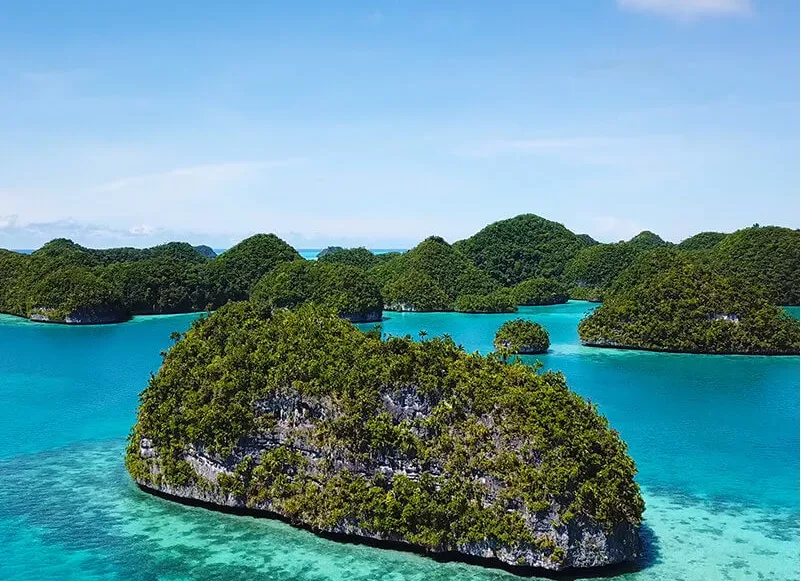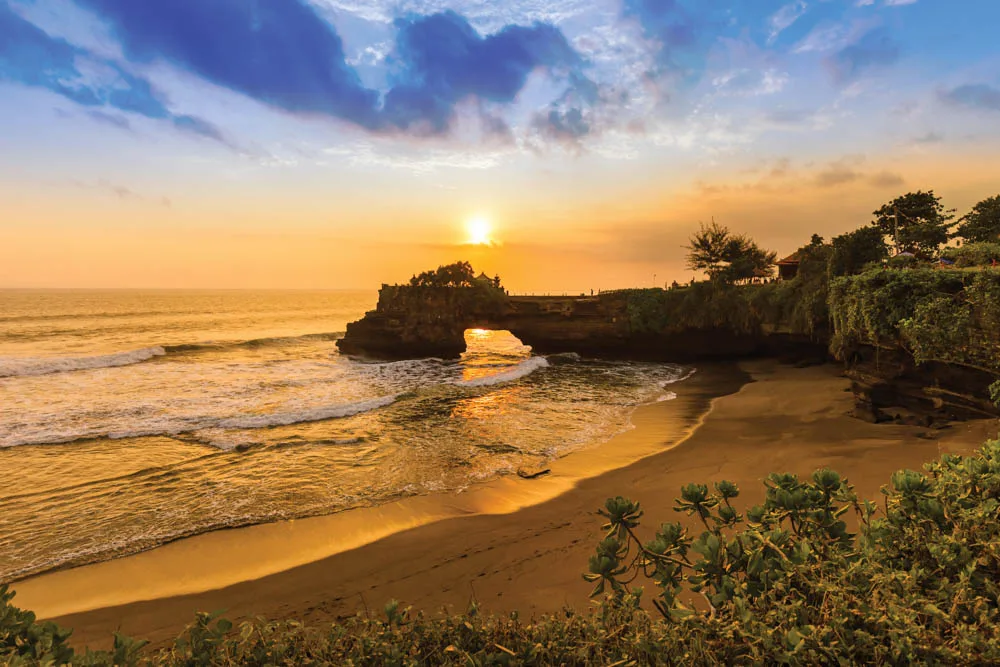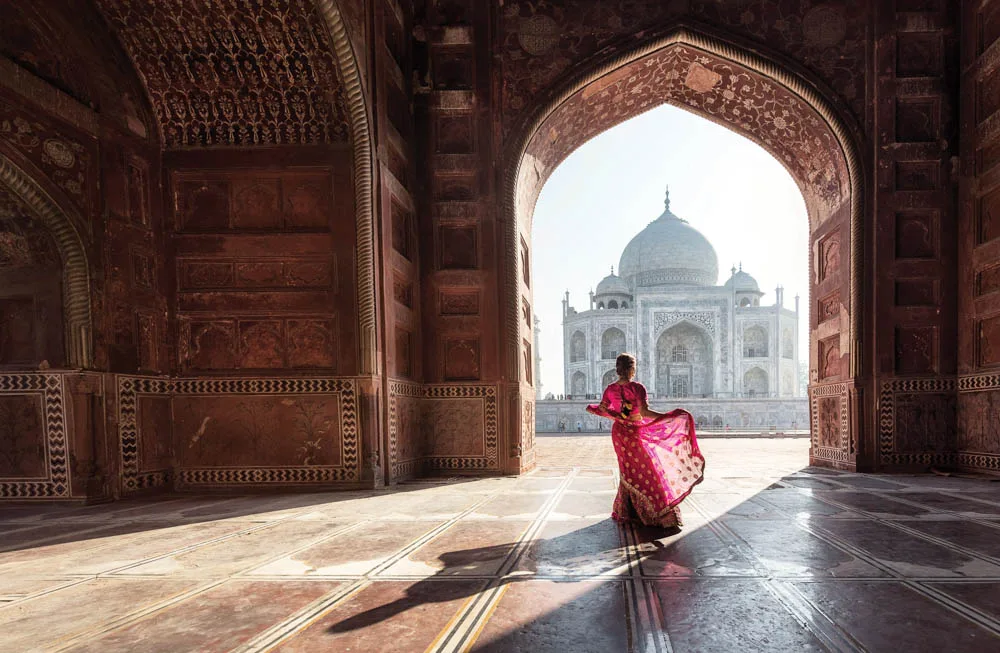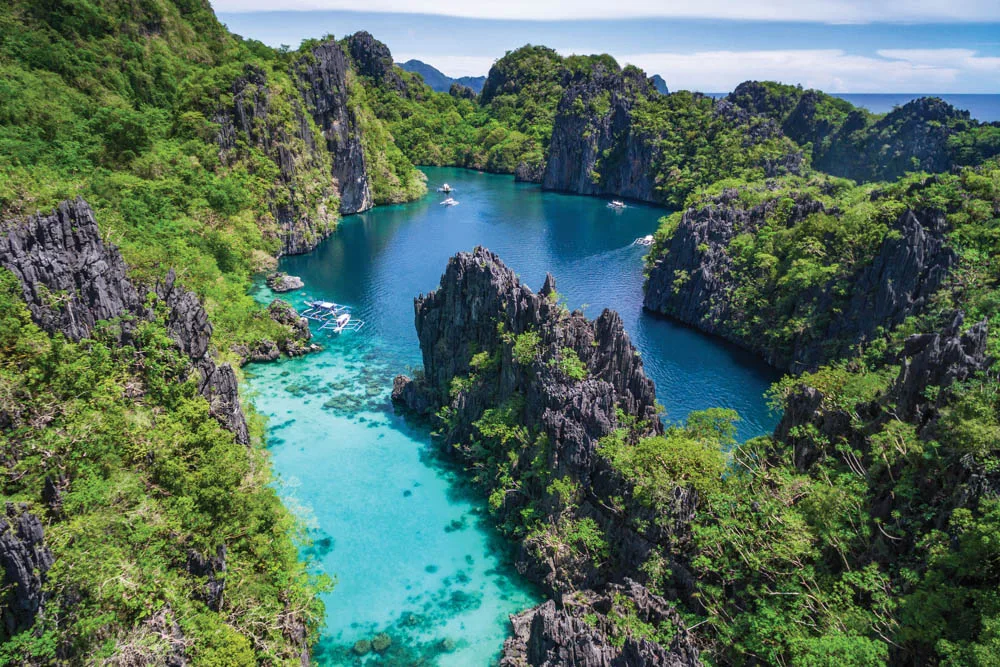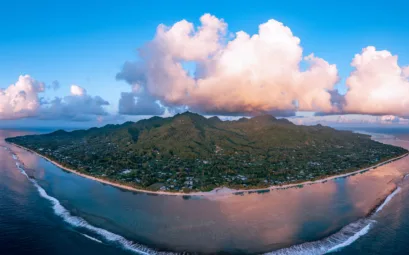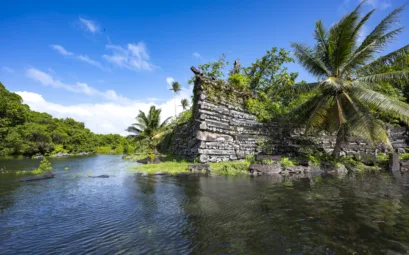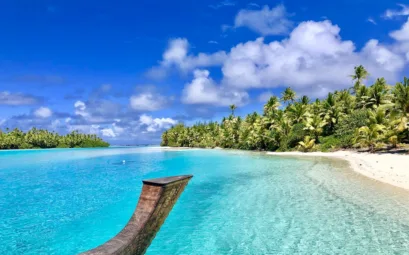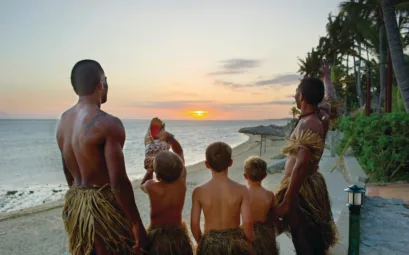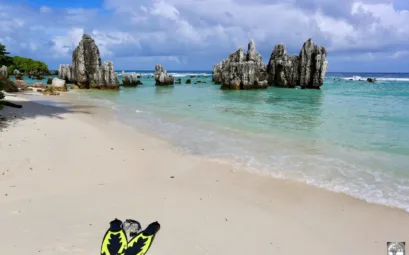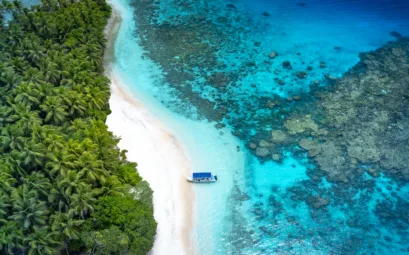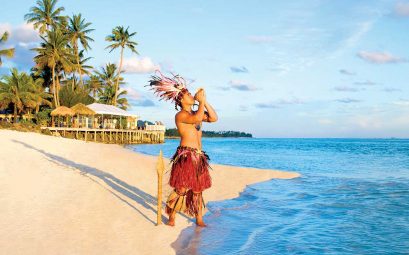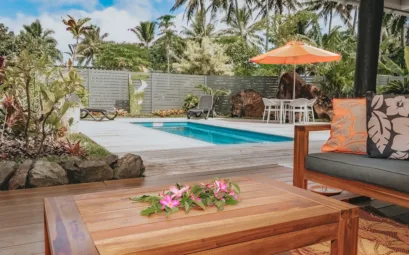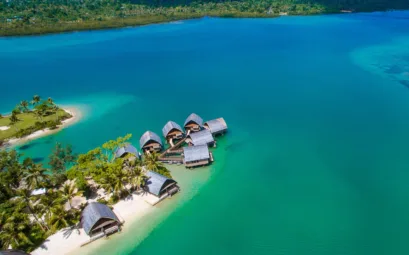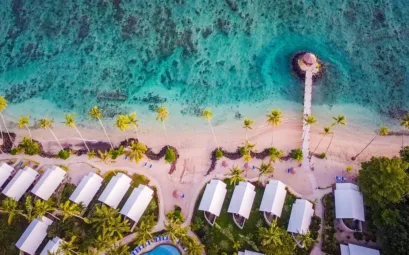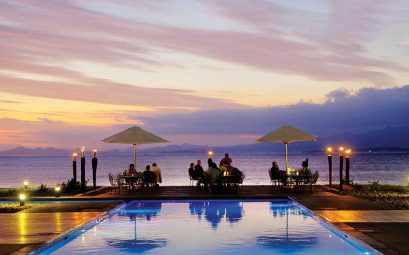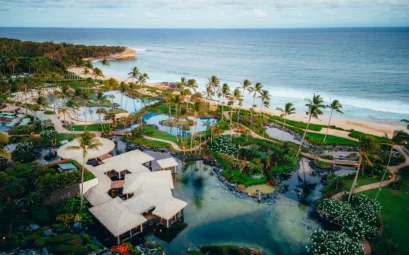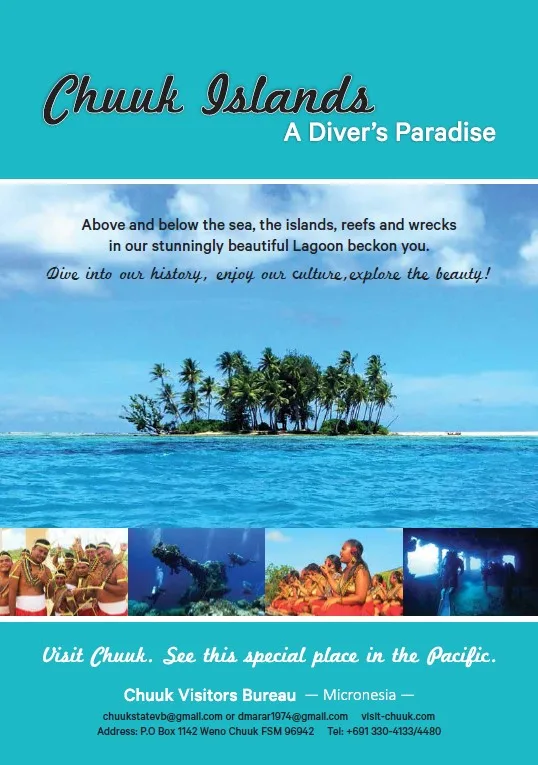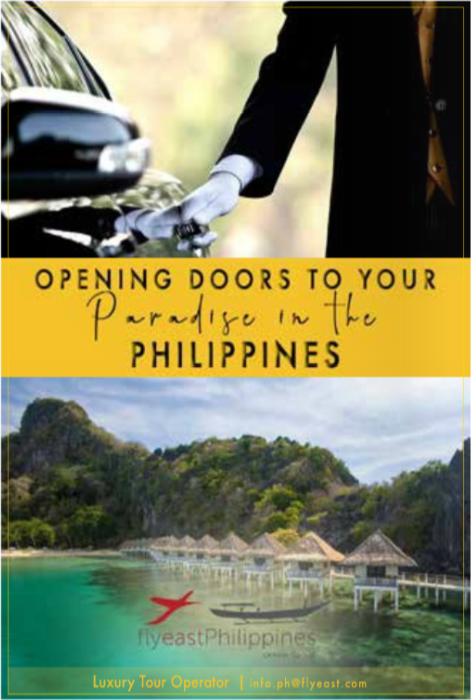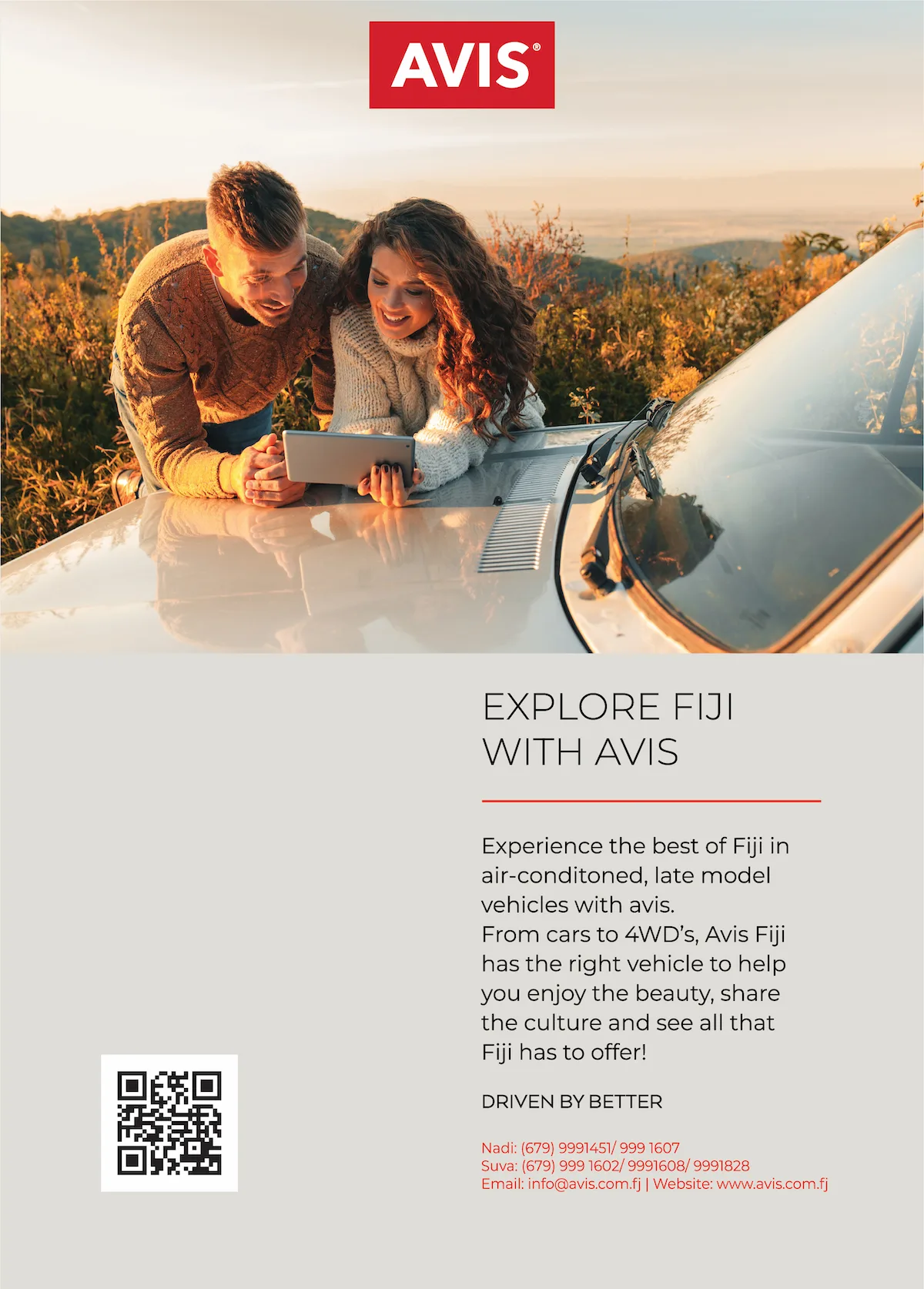Marshall Islands, also known as Majol is an island nation in the Central Pacific Ocean. There are more than 1200 islands and islet...
string(5739) "Marshall Islands, also known as Majol is an island nation in the Central Pacific Ocean. There are more than 1200 islands and islets in two parallel chains of coral atolls. Marshall Islands were settled around the beginning of the Christian era, some 2000 years ago by Micronesians. The islands were later sighted by a Spanish navigator in 1529. British naval captains explored the Marshall Islands in 1788 and did some mapping. More mapping was done by Russians in the early 1800s. U.S. and Hawaiian missionaries began efforts to convert the islanders in the mid-1800s, and even Germany had influence in the islands in the late 1880s. Japan seized the islands in 1914, and remained until the United States liberated the Marshalls during WWII. From 1947 to 1986, the islands remained under the jurisdiction of the United States. Then it became the Republic of the Marshall Islands, and remains friends of the USA with a Compact of Free Association. From 1948 to 1958, the US conducted nuclear tests on Bikini and Enewetak Atolls. The USA continues to be the protector of The Marshalls, and maintains a missile range and base on the island of Kwajalein. To get to the Marshall Islands, there are two major airlines flying in daily, United Airlines and Nauru Airlines. Air Marshalls fly routes between the Atolls in small commuter propeller planes. The only two islands that have an international airport are Majuro and Kwajalein. Boats are used to traverse between the atolls. Also Government owned ships make scheduled trips between the islands, and other commercial cargo lines service the islands. Majuro has a commercial dock complex, and many of the outer islands have lagoons that ships can anchor in. Marshall Islands offers tremendous outdoor activities that are exciting, adventurous, and historic. The beaches are some of the most beautiful in the world and are surrounded by crystal clear water for swimming, snorkelling, and wildlife viewing. The water remains warm all year long. There are many historic sites from WWII scattered among the outer islands and day trips and longer excursions can be made to these sites from the capital city of Majuro. Other adventurous activities include joining in on year-round cultural events and engaging with friendly locals. Visitors also enjoy shopping for local handicrafts with an array of beautiful baskets, jewellery and decorations. The islanders are known for their weaving using pandanus leaves, coconut fonds and shells. Throughout the Marshall Islands there are many choices for hotel or bed and breakfast accommodation. On Majuro you will discover a range or hotels with a variety of services and rooms. There are also many exciting opportunities to experience the outer islands and distant atolls and to meet the people of the Marshall Islands. The Outer Atolls by Lou Aguon-Schulte One of the most beautiful places on earth – the outer atolls of the Republic of the Marshall Islands in Micronesia. In the travel world, these atolls rank as billion-dollar destinations! But the truth is, it’s simply not possible to put a price on what you can experience on this adventure. The untouched, natural beauty of these atolls is the setting for a multitude of offerings. Breathtaking, captivating, and ultimately priceless. I had the opportunity recently to visit the atolls of Wotho, Lae and Namorik… From the Capital of Majuro, I flew to each of these atolls on the country’s domestic carrier, Air Marshall Islands. It was a very comfortable ride on the 34-seat Dash8 to the atolls of Wotho and Lae. Both atolls have mostly grass runways and, much to my surprise, we had very smooth landings - which I got to experience seated in the cockpit! To Namorik we took the 18-seat Dornier which was a small aircraft but nevertheless still provided a smooth ride. Once in the air, the sights were incredibly breathtaking … the islets looked like a string of pearls gently strung across the beautiful blue ocean. On the ground, the beaches were gorgeous and absolutely stunning – I could not help but immerse myself in the water. The people were so warm, friendly and welcoming. In fact, it seemed like they all came out to greet us upon our arrival. It was only later that I learned that this greeting is one of their traditions. They actually closed the school so all the kids could go to the landing area. The “tradition” being that visitors bring candy to hand out to the smiling children. Sadly, we didn’t have enough for all 100+ kids but next time, I’ll be sure to bring a couple of cases! All the food was fresh and locally grown. The coconut crab was to die for – absolutely delicious! Throughout the atolls, the primary industry is copra – the dried coconut flesh – or ‘meat’ used to make refined & cold pressed coconut oil for bar soap, beauty oil, and cooking oil… the BEST skin moisturizer and sunblock ever! In addition to copra, the farming of black pearls on Namorik (also known as Namdrik) Atoll is yet another lucrative eco-friendly sustainable industry for the community. According to the Marshall Islands Guide: https://www.infomarshallislands.com/atolls-m-w/namdrik-atoll/ “The fact that Namdrik’s lagoon is enclosed, with no pass for boats, means it is pristine and perfect for growing pearls. Namdrik is the only place in the Marshall Islands where Black-lip pearl oysters are present in significant quantity, due to its enclosed pristine lagoon.” If only I could have stayed a little longer, I would have discovered even more…The Republic of the Marshall Islands: a destination that continues to impress – on every visit. "













